स्थानीय रूप से किण्वित कसावा लोफों के साथ स्वाद बनाना
37 मिनट पढ़ें सोलोमन द्वीपसमूह की कसावा को गहरे स्वाद वाले लोफों में किण्वित करने की तकनीकों की खोज करें, जिसमें पद्धतियाँ, सुरक्षा टिप्स, और परोसने के विचार शामिल हैं जो स्थानीय परंपराओं का सम्मान करते हैं और दैनिक द्वीप बेकिंग को ऊँचा करते हैं। अक्टूबर 13, 2025 09:07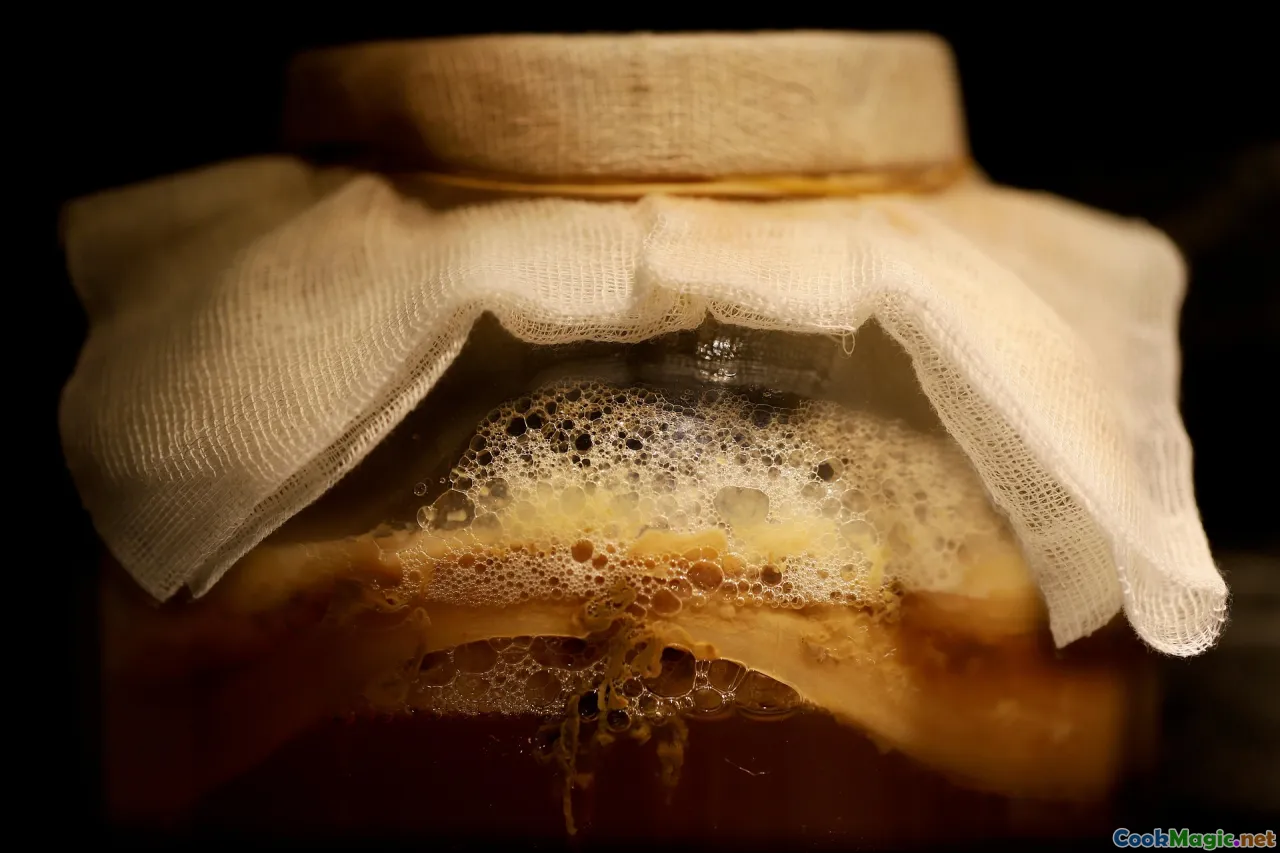
The first time I held a still-warm fermented cassava loaf in Honiara’s Central Market, it felt heavier than it looked—dense with quiet life. Steam seeped through the green stitch-work of banana leaves, carrying a scent like rain on hot stone: tangy, lactic, faintly nutty, with a ghost of smoke. When the vendor, Aunty Selina from West Guadalcanal, pinched off a piece and pressed it into my palm, the crumb was springy and slightly sticky, leaving a sheen of coconut oil. I took a bite. The loaf was alive with contrasts—a gentle sourness that sharpened the sweetness of cassava, the lush roundness of coconut cream, and the plush warmth of leaf and fire. I could taste the stream it had rested in, the village fires that had kept watch, the patience of fermentation turning a root into a story.
A Living Tradition: Why Fermented Cassava Loaves Matter in the Solomons

You can’t separate the flavor of a fermented cassava loaf from its place. In the Solomon Islands, cassava isn’t just a crop; it’s a calendar, an insurance policy, and a taste of home. After the Second World War, cassava spread widely across the islands; today it’s the daily starch in Honiara kitchens and in small hamlets tucked behind breadfruit trees. Fermentation, meanwhile, predates cassava. Islanders fermented breadfruit, taro, and even fish, learning to coax deep flavors and extended shelf life from the humid tropics. When cassava arrived, it slipped right into that way of thinking.
Across Guadalcanal, Malaita, Western Province, Isabel, and Makira, you’ll find variations on the loaf—cassava grated, leached, and mildly fermented, then bound in leaves and baked. On Malaita, Auki’s market stalls pile the long, pale tubers like tusks, while women sell leaf-wrapped loaves that hold their shape like rustic bricks. In the Western Province near Gizo, I met a family who ferments in slow river eddies, weighting grated cassava with smooth black stones until it drifts just below the surface. In villages on the weather side of Guadalcanal, fermentation is a kind of companionship: as fires crackle and kids race papaya-shell toy boats along the drainage, loaves quietly acquire character.
Part of the draw is practicality. Lactic acid fermentation brightens cassava’s flavor but also makes it safer and more easily digestible, leaching away bitterness and softening fibers. Part of it is celebration. For a feast—weddings, christenings, a great-catch dinner after a night on the reef—loaves are presented in neat stacks, split and bathed in coconut cream, sometimes studded with ngali nuts (Canarium indicum) or flaked smoked tuna. They feel home-made and ceremonial at once, the way bread does in Europe. They’re the slow heartbeat of a meal.
The Science in the Stream: Building Flavor and Safety

Cassava contains cyanogenic glycosides—primarily linamarin—that can release hydrogen cyanide. Traditional processing, refined over generations, deals with this elegantly. When cassava is peeled, grated, soaked, and fermented, enzymes (linamarase naturally present in cassava) go to work, while lactic acid bacteria proliferate in the damp, carbohydrate-rich environment. These steps—particularly the soaking and fermentation—help carry away or break down the glycosides, while the final thorough cooking drives off volatile compounds.
From a culinary perspective, that gentle lactic fermentation unlocks flavor and texture. Grated cassava starts out kind of squeaky and bland. After one to three days submerged in clean water (traditionally in a net basket or woven coconut-frond pouch, weighted in a stream; at home, a covered bucket with a plate and a stone works), two things happen: the starchy granules hydrate and swell, and the microbes ripen the pulp with light acidity. Sourness lines the loaf like a spine; it gives structure to fat and perfume to smoke. The lactic profile is soft and milky, not sharp like vinegar. When pressed and cooked, the crumb binds into a sliceable, springy mass that takes on char and absorbs coconut cream the way bread soaks up butter.
Think of it like the Solomon Islands’ answer to sourdough technique: not a yeast-raised loft but a tang-led deepening. The goal isn’t overt funk but balance—a clean, green brightness that keeps coconut’s richness from turning heavy.
From Root to Loaf: A Solomon Islands–Style Method
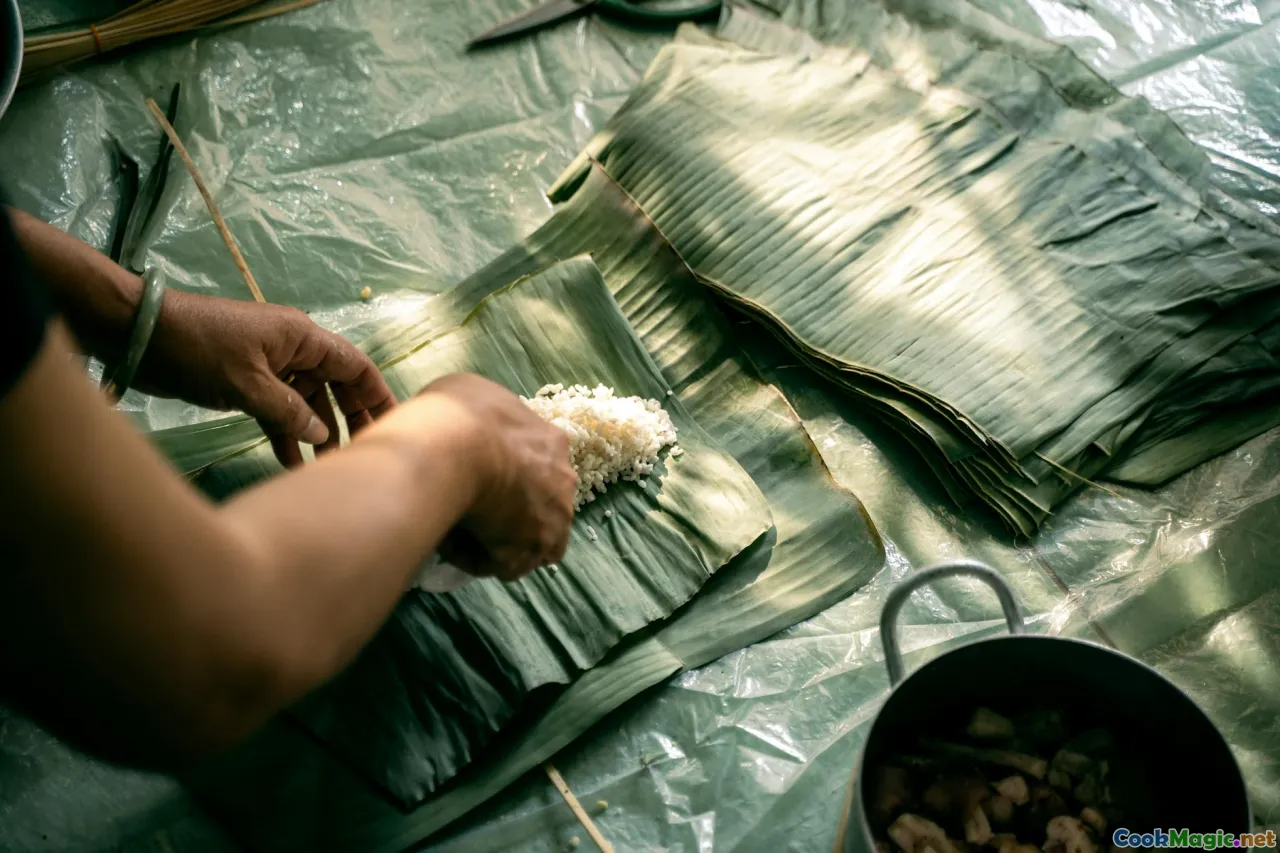
Here’s a method I learned from Aunty Selina in Honiara and refined with home-kitchen realities. It captures the fundamentals you’ll see from Marovo Lagoon to Malaita’s central plateau. Use it as a template, adapting to your leaves, your heat source, and your preferred level of tang.
Ingredients (makes 2 medium loaves):
- 2.5 kg fresh cassava, firm and unblemished
- 1 teaspoon fine sea salt, plus more to taste
- 200–300 ml thick coconut cream (freshly squeezed is traditional; canned works)
- 2 tablespoons ngali nut paste or chopped toasted nuts (optional but glorious)
- Banana leaves or wild ginger leaves for wrapping (substitute with ti leaves or food-safe parchment and foil if you must)
- A few pandan leaves (optional) for aroma
Equipment:
- Grater or food processor with shredding disc
- Large basin or bucket for soaking
- Cheesecloth or clean thin cotton bag
- Heavy weight (clean stone, plate, or a water-filled bag)
- Steamer, oven, or hot stones/covered grill
Process:
-
Peel and grate. Peel cassava thickly to remove all the brown skin and pinkish inner layer. Grate coarsely. As you grate, rinse briefly in cold water to prevent oxidation.
-
Soak and ferment. Transfer the grated cassava to a cloth bag or several layers of cheesecloth and tie loosely. Submerge in cool, clean water—traditionally a running stream; at home, a bucket with fresh water. Weight gently so it stays submerged but not compacted. Leave 24–72 hours at ambient temperatures 20–30°C. Change the water every 24 hours if not in a running stream. Taste a small pinch each day; you’re looking for a light, yogurt-like tang. The water may turn cloudy—normal. If you smell strong solvent or see pink/orange mold, discard and start over with cleaner equipment.
-
Press and drain. Lift out the bag and squeeze hard, expelling as much water as possible. You want a damp but cohesive pulp. Tip into a bowl and fluff with your fingers.
-
Season and enrich. Sprinkle in salt. Fold in thick coconut cream—a little at first; you can add more after cooking as a sauce. If using, mix in chopped ngali nuts or paste. The mixture should clump when pressed but not feel wet.
-
Wrap in leaves. Briefly pass banana leaves over a flame or hot burner to make them pliable. Lay them out, seam-wise, to form a sheet. Pile cassava mixture into a rough rectangle. Tuck pandan in the middle if you like. Wrap snugly into a loaf package and tie with thin banana leaf strips or kitchen twine. The goal is tight enough to hold shape, loose enough to allow steam circulation.
-
Cook. There are three common approaches:
- Earth oven (mumu): Heat stones, line with leaves, nestle loaves inside, cover with more leaves and soil, and bake 1–1.5 hours. The loaves will be softly set and smoky.
- Steamer or pot: Steam on a rack over simmering water 60–90 minutes until firm and springy; internal temp should read around 90–95°C.
- Covered grill or oven: Bake at 180°C (350°F) for 60–80 minutes, preferably in a Dutch oven or covered with foil to simulate trapped steam. For a smoky edge, add a handful of soaked hardwood chips to a gas grill, or give the finished loaf a quick kiss of direct flame to char the leaf.
-
Rest and finish. Let the loaves rest 15 minutes. Unwrap, slice thickly, and ladle with warmed coconut cream loosened with a pinch of salt. I like to toast slices on a hot dry pan for a minute per side to develop a pale crust.
Flavor notes: A well-fermented loaf smells like green apples crossed with warm yogurt and wet leaf. Texture should be bouncy and cohesive—no gritty wateriness, no chalky center. Sourness should orbit rather than dominate.
Wrappers That Whisper: Leaves, Stones, and the Taste of Place

Leaf choice shapes flavor more than you might expect. Banana leaf gives a grassy, almost sweet fragrance and a glossy skin to the loaf. Wild ginger leaves, common in parts of Guadalcanal and Makira, add a peppery, citrus-like note. Ti leaves have a resinous, herbal perfume. In the Western Province, a friend in Nusa Tupe swears by layering banana leaf with breadfruit leaf, claiming it adds a fruity, tannic edge.
And the heat source matters. An earth oven creates a delicious interior humidity and a whispered smoke—less assertive than a charcoal grill, more nuanced than an oven. The stones keep warmth even and surround the loaf with radiating heat, which sets the cassava gently and leaves a supple crumb. On a Santa Isabel visit, I watched a family arrange loaves on stones still glittering with heat from breadfruit wood. When the cover came off an hour later, the smell was extraordinary: jasmine-like from the leaves, nutty from cassava, with the comfort of woodsmoke you’d wear home on your clothes.
If you’re cooking in a city apartment, a heavy lidded pot becomes your earth oven. Slip a small foil-wrapped pouch of hardwood chips into the oven on a tray, and while it won’t be traditional, the aroma will nudge your loaf toward memory.
Provincial Palates: How Guadalcanal, Malaita, and Western Province Differ
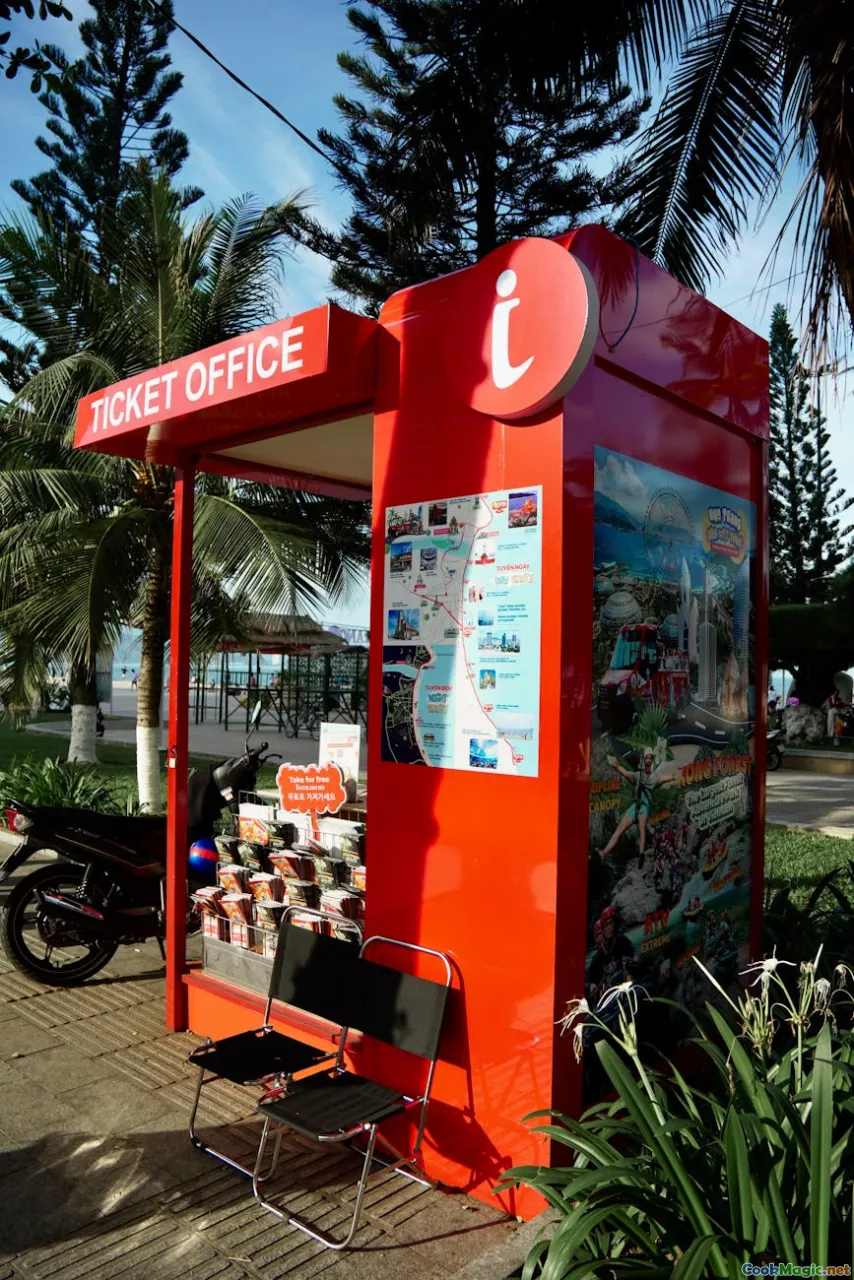
-
Guadalcanal: Loaves here often read cleaner and lighter. The streams near the island’s interior leach cassava quickly, and many households keep the fermentation short—24 to 36 hours—resulting in a gentle tang. Coconut cream is generous, sometimes whisked with a pinch of sea salt and warmed with a bruised pandan leaf before being poured over sliced loaves. You may see pandan strips tucked into the loaf.
-
Malaita: A bolder approach. In Auki and inland villages, the fermentation sometimes stretches to 48–72 hours, especially in cooler rainy spells. The sourness rises and the crumb tightens, making loaves perfect for slicing and grilling. Malaitans also serve loaves with smoked eel or reef fish and occasionally gild them with ngali nut paste.
-
Western Province: There’s a fondness for integrating seafood directly—flakes of smoke-dried tuna folded through the cassava mixture before wrapping, or a broth of shellfish and coconut served alongside. The waters around Gizo and Munda shape the pantry; even the banana leaves here have a slightly different perfume, or perhaps it’s just the salt air working its way into everything.
These boundaries flex, of course—families blend traditions through marriage and migration. Honiara, a city of islands within an island, acts as a melting pot: Central Market collects loaves like dialects.
Layering Flavor: Coconut, Ngali Nuts, Smoke, and Acid
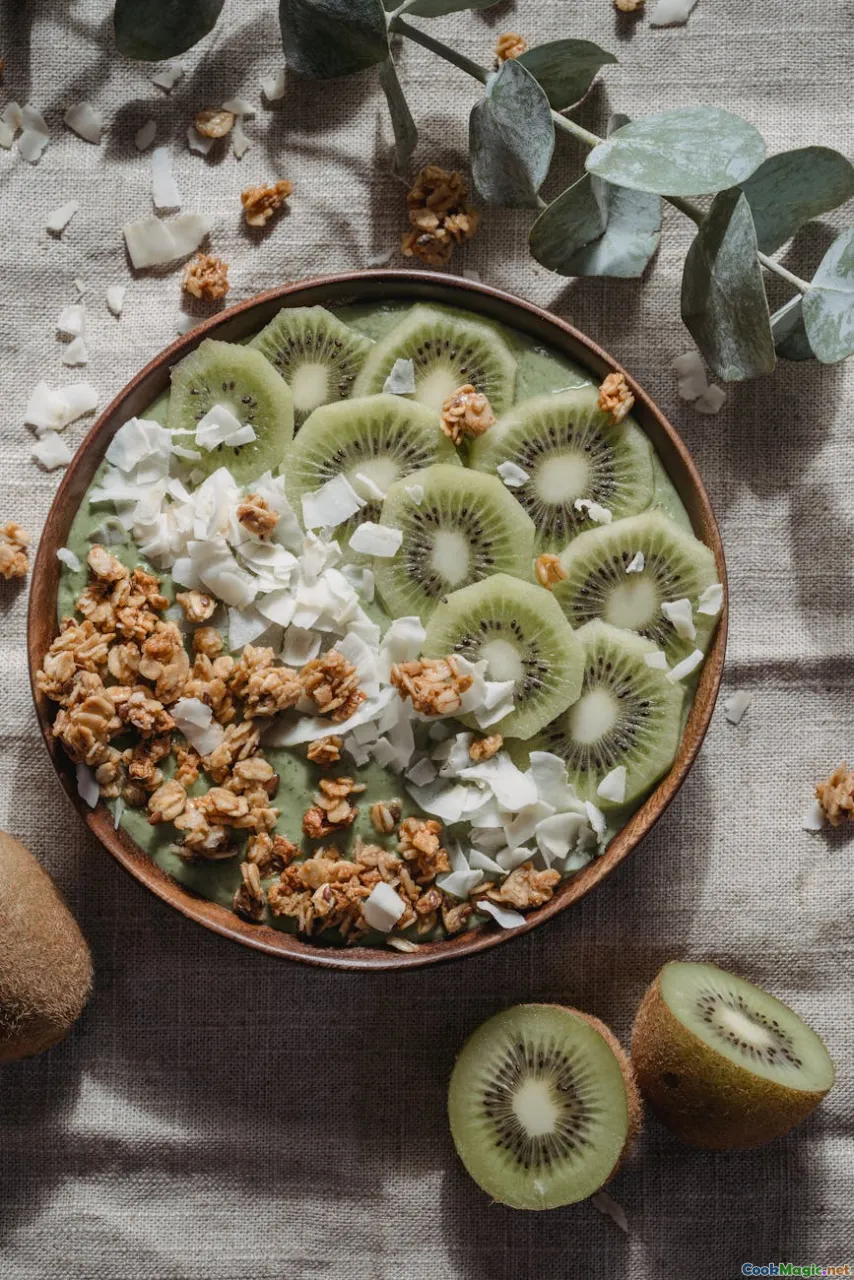
A great loaf is a platform, and the Solomons build with restraint. Here are the usual suspects and how they interact:
- Coconut cream (lolo): Thick, fresh-pressed coconut cream is the velvet cape around the sourness. Warm it gently with a pinch of salt to thicken slightly. For a feast, some cooks reduce coconut cream with crushed ginger and a shred of chili leaf, skimming off the fragrant oil and spooning it over the slices.
- Ngali nuts: Canarium indicum, these nuts have a buttery, slightly resinous profile, like a cross between macadamia and pine nut. When ground into a paste and stirred through the cassava before cooking, they complicate the crumb with richness and perfume. A drizzle of ngali nut oil—golden and faintly smoky—over finished slices is wildly good.
- Smoke: Whether from an earth oven or a smoldering grill, smoke stitches everything together. Aim for the lightest shawl of smoke; heavy, bitter smoke will bully the sourness and make the loaf taste tarry.
- Acid: The loaf brings its own lactic bass note, but you can focus it: a squeeze of kalamansi or bush lime over the finished slices heightens the cassava’s mild sweetness. I’ve also seen cooks whisk a drop of fermented coconut toddy into the cream, sparingly.
- Greens: Slippery cabbage (aibika) sautéed in coconut milk brings silk and chlorophyll. Young fern tips (ota) blanched and dressed with lime give snap and woodland aroma. The bitter of fern and the sweet tang of cassava are best friends.
Story from the Stream: A Day in West Guadalcanal

Selina’s village sits behind a stand of bananas and a fence of hibiscus, where the stream runs with the soft talk of water over stones. We carried a woven coconut-frond basket of grated cassava down to a shady bend and tied it to a rock with a length of banana cord. A gaggle of kids followed, starfish-net in hand, and a dog with ears like sails padded along. Two nights, she said, laying a breadfruit leaf over the basket to shield it from debris. Maybe three if the rain comes.
There was a rhythm to the day that kept circling back to the loaf. While the cassava rested, we grated coconut, turning halves over the rasp in a neat rain of crisp white snow. Someone set up the mumu pit; another stoked a fire for tea. The smell of mango blossom drifted in from the road; radio static hummed with island hits. When we pulled the basket up the second morning, the cassava had changed. The grits clung together; a whiff of green-sour wafted up, clean and inviting. We squeezed and laughed and squeezed again, our arms slick with the sweet water.
The loaf we baked that afternoon was extraordinary in its modest way, the crumb buoyant and springy. We ate it with a relish of chopped young ginger leaf, lime, and smoked tuna. Selina sliced generous squares, and when she poured coconut cream over them, it pooled in the shallow dimples where my fingers had pressed the wrapping. It tasted like the stream, like a patient day. When I left, she wrapped a slice in leaf for the road, and it perfumed my bag all the way back to Honiara.
How-To for City Kitchens: Adapting Techniques Without Losing Soul

Not everyone has a mumu pit or a village stream. You can still build authentic flavor at home:
- Choose fresh cassava. Look for tubers that are firm, with white, unspotted flesh. If the cut ends are grey or smell off, skip them.
- Control the ferment. Use a clean plastic bucket or nonreactive pot, and change the water daily. Keep the temp steady; warmer rooms speed the ferment, but don’t rush it. Taste is your guide.
- Press hard. A dense, sliceable loaf depends on thorough draining. Wring the cassava until your forearms complain. A potato ricer works brilliantly for small batches.
- Simulate leaves. Banana leaves are widely available frozen at Asian markets; thaw and pass over a flame to make them supple. If you can’t find them, wrap the loaf in parchment and then foil to trap steam (add a split pandan leaf inside if available).
- Bring smoke responsibly. If using an oven, a small smoker box on a grill or a brief sear of the wrapped loaf over hardwood charcoal adds the missing perfume.
- Finish with coconut. Don’t skimp on coconut cream. Warm it gently with a pinch of salt, and maybe a bruised stalk of lemongrass if you have it.
- Slice and sear. Toast slices on a hot, lightly oiled skillet for a minute, building texture just on the surface. That slight char sings against the lactic tang.
Safety and Troubleshooting: Clear, Clean, and Tasty
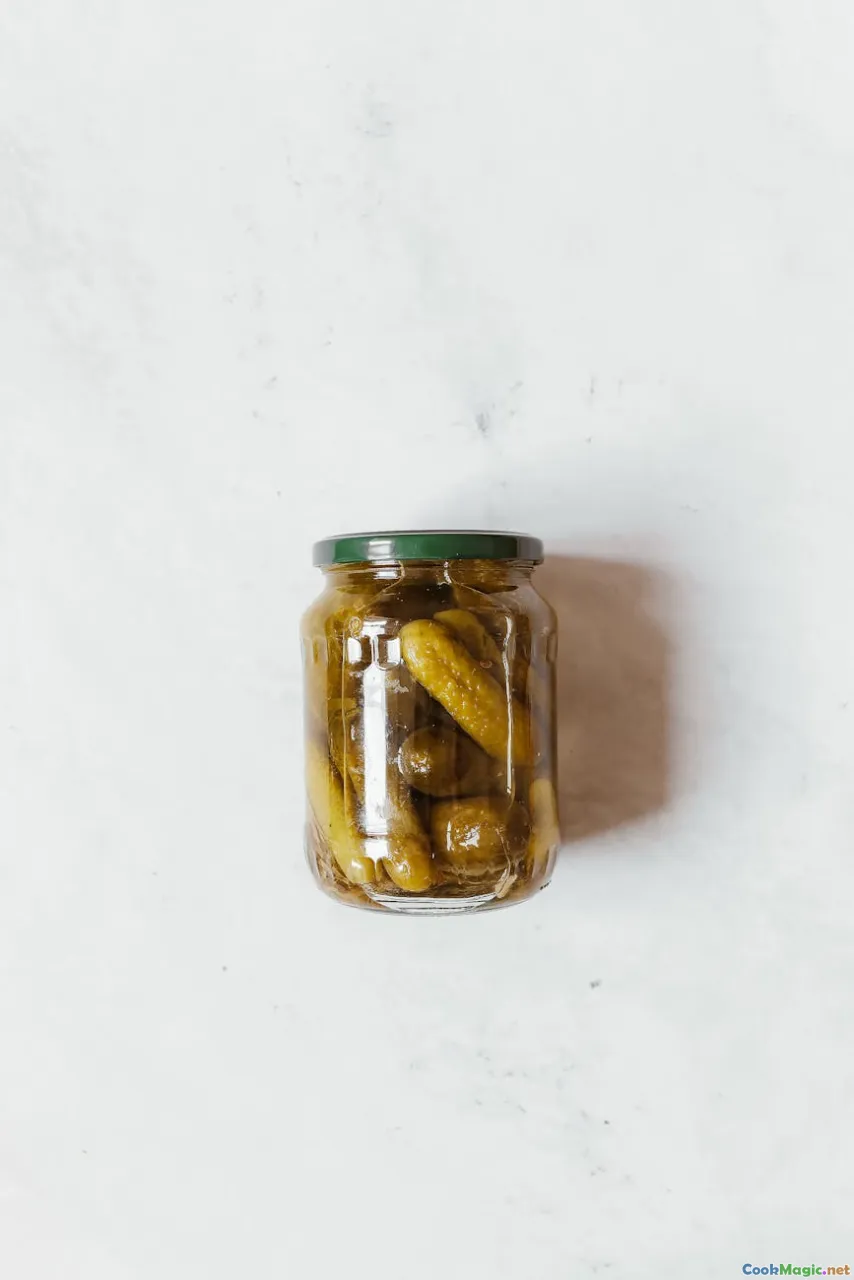
- Peel generously. Remove all the outer brown peel and the pinkish layer beneath. Don’t leave strips.
- Keep it clean. Wash equipment well; rinsing with boiling water helps. Contamination is the enemy of a clean tasting ferment.
- Trust your senses. A good ferment smells mildly sour and fresh. If you get strong chemical odors, fuzzy colored molds, or sliminess, discard and start again.
- Cook thoroughly. Fully setting the loaf with steam or baking helps drive off volatile compounds and ensures a safe, delicious result.
- Adjust salt. A pinch aids flavor and subtly sharpens the sour-sweet balance. Too much will harden the crumb.
- If the loaf crumbles: The cassava was likely under-pressed or undercooked, or the grate was too coarse. Next time, squeeze harder and cook longer.
- If the loaf is gluey: It was over-wet or over-processed. Press more thoroughly and avoid blitzing into a paste.
Pairings: Reef, Garden, and Orchard

- Smoked tuna with lime and chili leaf: Flake smoke-dried tuna and toss with lime juice, a touch of coconut cream, and minced chili leaf. The saline smoke meets the sour loaf like old friends.
- Ota fern salad: Blanch fern tips just until bright, then shock in cold water. Dress with coconut cream, lime, and a pinch of grated ginger.
- Aibika in coconut: Simmer slippery cabbage leaves in coconut milk until silky. Salt to taste. The dish lays like satin against the loaf’s spring.
- Reef fish stew: A light bouillon of tomatoes, spring onions, and coconut milk with chunks of parrotfish or coral trout. The broth soaks the loaf without drowning it.
- Pawpaw and kalamansi: Thick slices of papaya drizzled with lime. Dessert doesn’t need sugar when the loaf gave you lactic sweetness at dinner.
Beyond the Loaf: Breakfasts, Street Snacks, and Chef’s Tricks
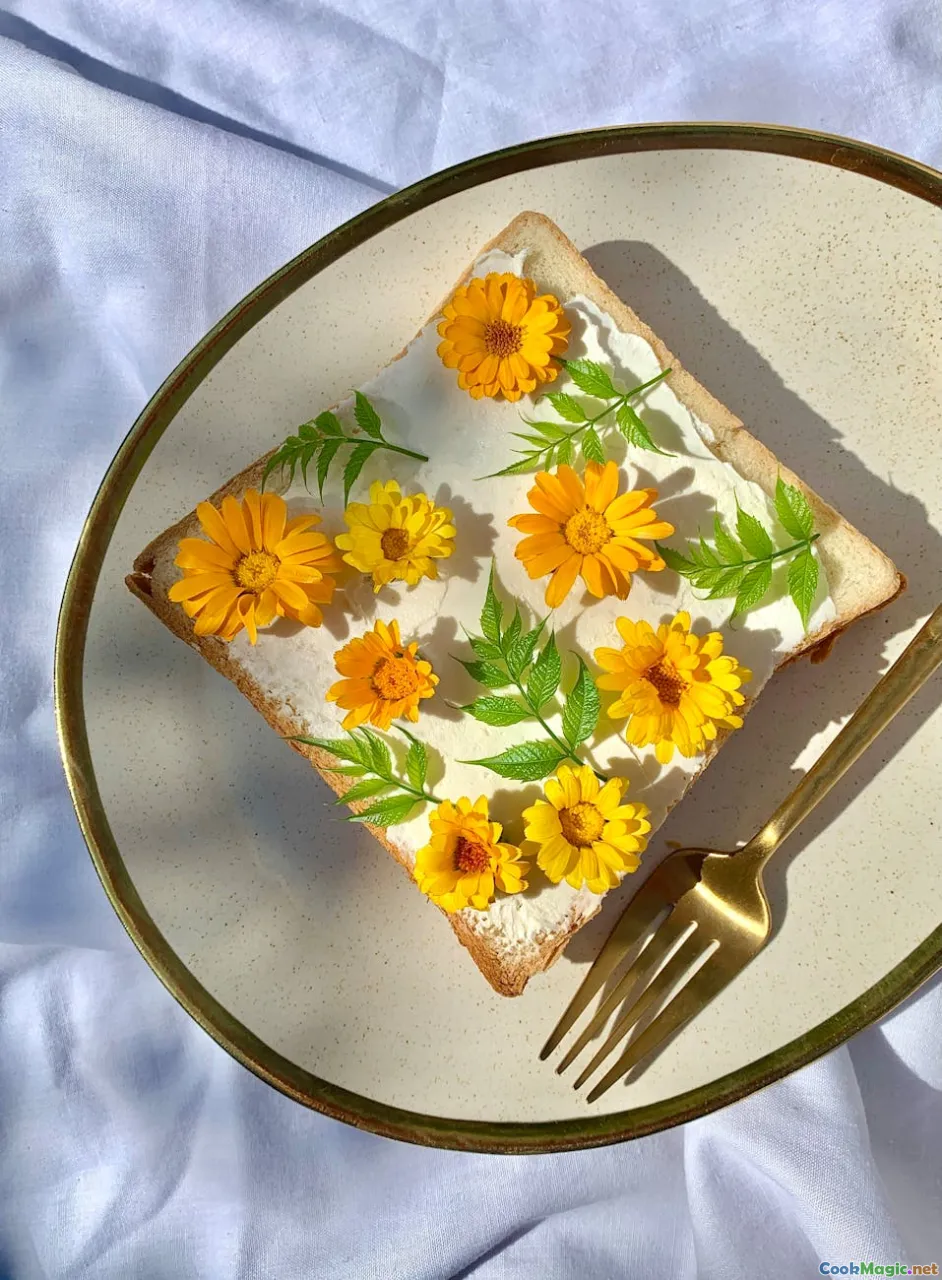
- Market breakfast: Sear yesterday’s loaf in browned coconut oil and top with a fried egg, spring onion, and chili. A spoon of leftover reef fish next to it and you have power for the morning.
- Street-side bite: In Auki, I bought a slice brushed with ngali nut oil and scattered with crushed toasted coconut—simple, fragrant, unforgettable.
- Restaurant riff: I’ve seen chefs in Honiara turn thin slices into toasts, spreading them with tuna rillette whipped with coconut cream and calamansi zest. Another pairs a loaf wedge with tamarind-braised octopus, letting the lactic sourness cut through the octopus’s dark sweetness.
- Soup thickener: Crumble leftover loaf into a pot of pumpkin and coconut soup. It melts into gentle body.
- Sweet experiment: Fold lightly sweetened coconut sauce and shredded banana into the cassava mixture before wrapping, then bake until just set; the result is pudding-soft, like the cousin of a classic Solomon Islands cassava pudding, but with the gentle zing of fermentation.
Comparing Ferments: Cassava vs. Breadfruit vs. Taro
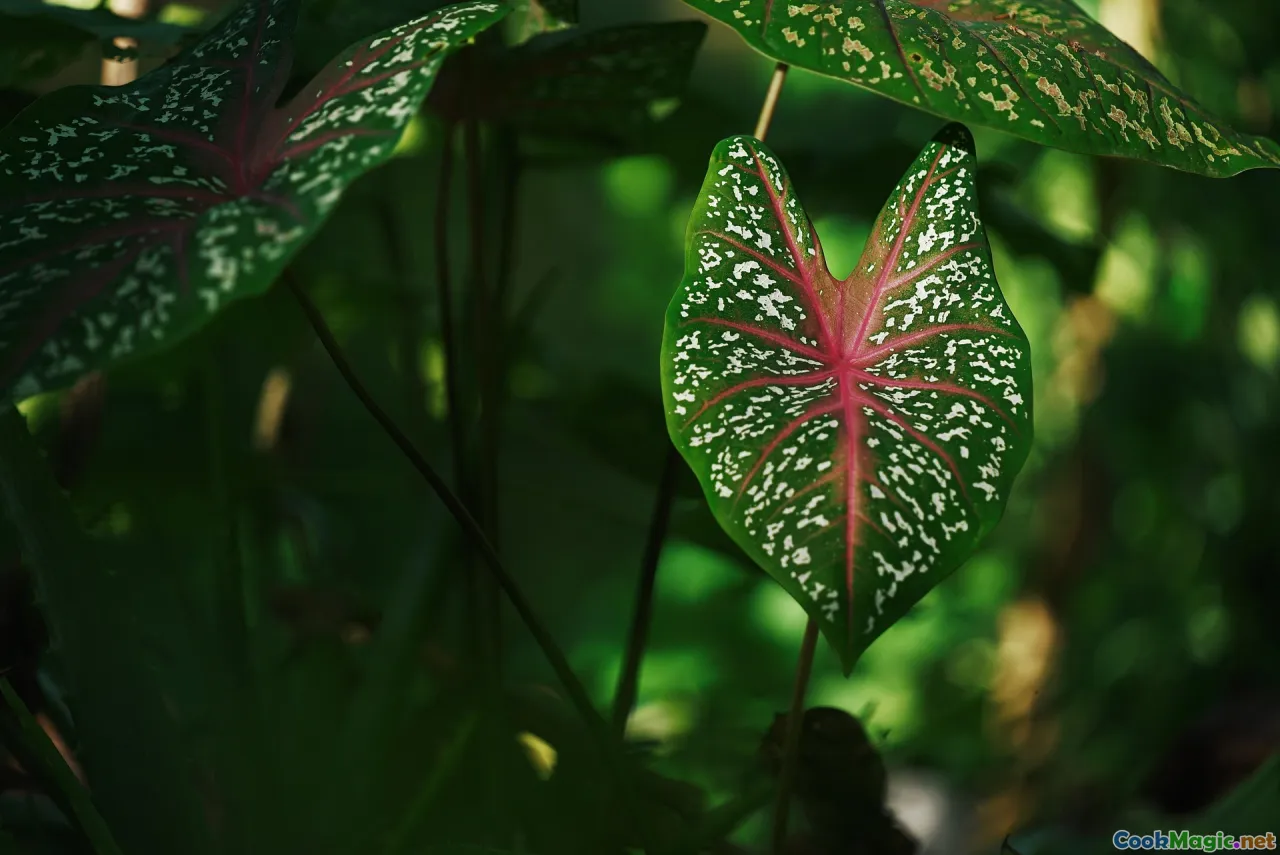
- Cassava: Mild, slightly sweet; lactic fermentation adds a clean tang and a bouncy, sliceable crumb. Takes smoke and coconut beautifully.
- Breadfruit: Fermented breadfruit develops a muskier aroma, with banana-wine notes and a custardy texture when cooked. Heavier, more decadent with coconut but less springy.
- Taro: Earthy and clean, taro ferments with a gentler aroma. The cooked texture is plush but can veer slimy if overworked; the tang reads softer—like a whisper rather than a hum.
Each starch tells a different story, and in the Solomons, households mix and match. A wedding mumu may hold a cassava loaf for bounce, a breadfruit parcel for fragrance, and taro for depth. If you’re new to island ferments, start with cassava; it’s forgiving and eager to please.
A Cook’s Timeline: From Market to Feast

Day 1 (Morning): Buy cassava at Honiara Central Market. Peel and grate the same day for freshness. Start fermentation in clean water.
Day 2 (Evening): Taste. If tang is gentle, press and proceed; otherwise, give it another night.
Day 3 (Morning): Press hard. Season with salt and a touch of coconut cream. Fold in chopped ngali nuts if using. Wrap in banana leaves.
Day 3 (Noon): Bake in an earth oven, steamer, or oven. Rest, slice, and pour warmed coconut cream. Serve with smoked tuna, aibika, and ota salad. Finish with pawpaw and lime.
Leftovers: Chill, slice, sear for breakfast. Loaf keeps two to three days in the fridge, improving in flavor on day two.
Emotions Anchored in Flavor: Food as Resilience
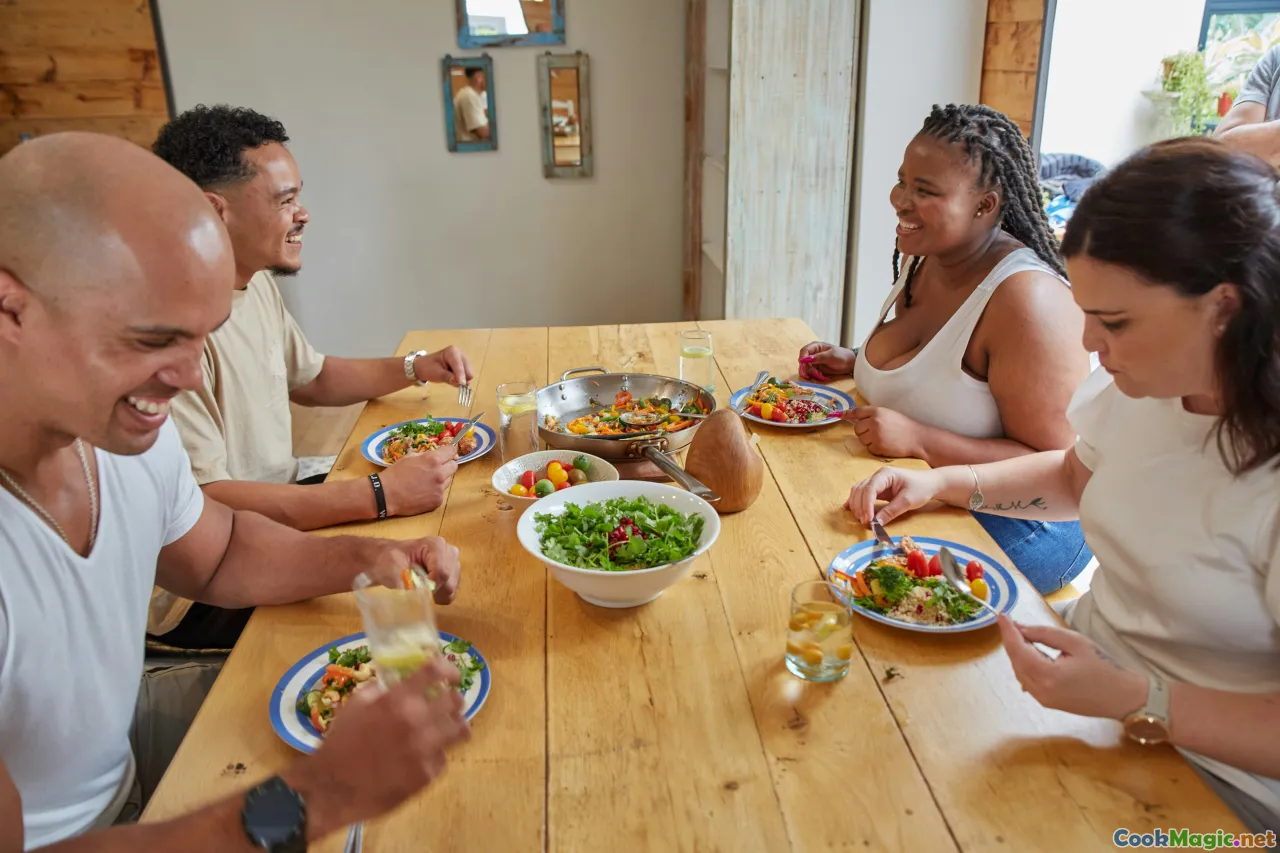
In the islands, flavor is rarely just flavor. A fermented cassava loaf is both present-tense pleasure and past-tense memory. It endures cyclones and supply-ship delays; it bridges the distance between town and village. Farmers on the weather coast talk about how cassava rides out storms better than breadfruit, how fermentation gives them breathing room when seas run high and markets are bare. When the gas cylinder runs out, banana leaves and hot stones still work.
There’s a beauty, too, in the way a loaf absorbs traces of place: the particular sweetness of a coconut, the way a freshwater stream meets the sea, the wood you burn. You taste in it the laughter of kids and the sigh of a late-afternoon wind across a breadfruit grove. It’s not just starch—it's a map of care.
Notes from the Market: Specifics to Seek and Questions to Ask

- Watch for leaf color. Freshly wrapped loaves have glossy, emerald leaves. Older loaves show dusky patches; fine if you’ll re-steam, but ask when it was cooked.
- Ask about the ferment. Vendors will tell you one night, two days, or river. If you like a brighter tang, look for two days.
- Taste a corner. Most sellers will pinch off a bit. You’re chasing clean, gentle acidity and spring.
- Spot the add-ins. Ngali nut flecks, a whisper of fish, or pandan tucked inside—small clues to the maker’s style.
- Buy coconut cream nearby. Many stalls sell fresh cream in recycled bottles; choose one with a cream line, not split oil. Warm it gently and salt.
Why This Matters for Culinary Pros
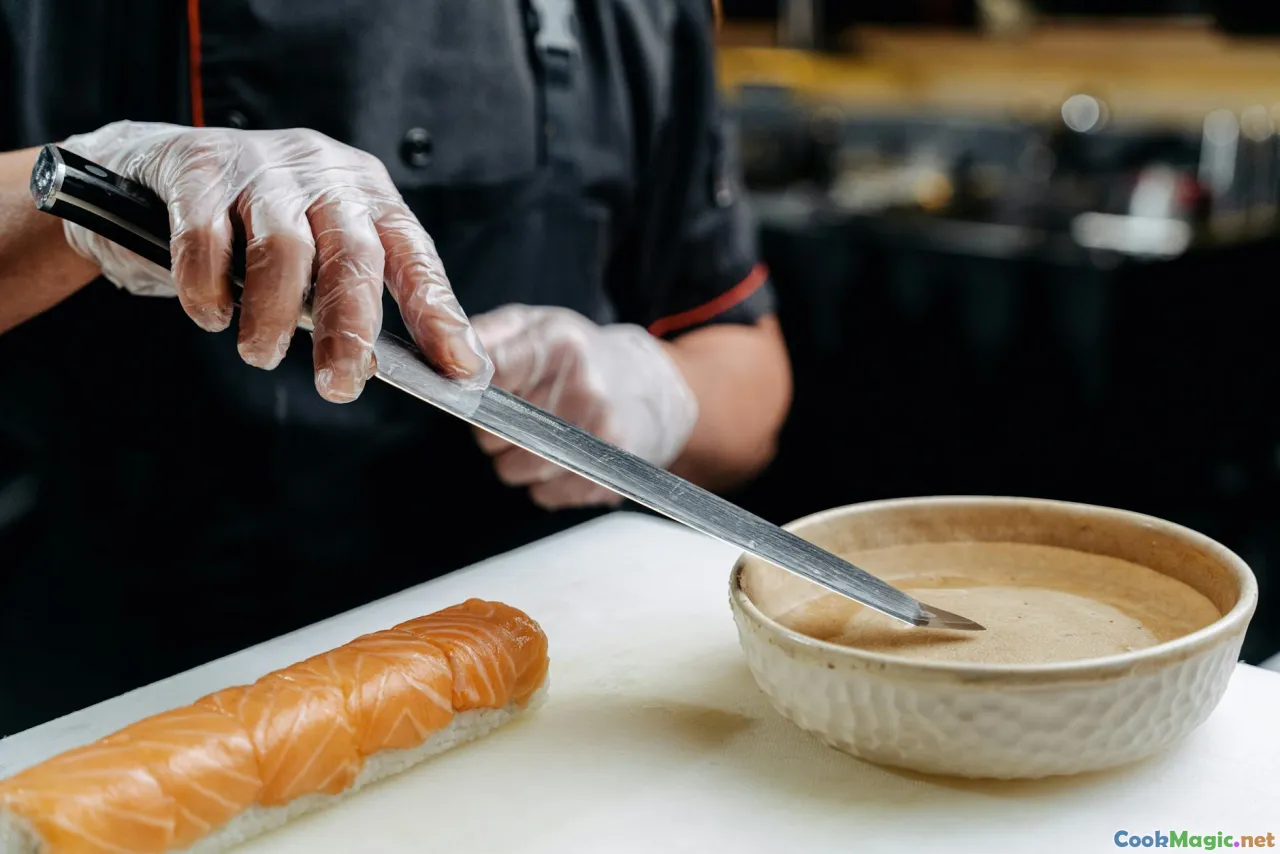
Fermented cassava loaves are an education in restrained complexity. They teach control: just enough sour to animate fat, just enough smoke to perfume. For chefs, the technique suggests crossovers—pairing slices with pickled seaweed, using cassava crumb as a binder for fish cakes, or building canapés that showcase island ingredients respectfully.
They also model sustainability. Cassava is hardy; fermentation extends its utility without refrigeration. Leaf wrappers are biodegradable; hot-stone cooking sips fuel. In a world looking for thoughtful ways to feed communities, a leaf-wrapped loaf shaped by water and patience offers a quiet blueprint.
Practical Variations: Shape, Texture, and Seasoning

- Slab vs. baton: A wider, thinner slab cooks quicker and develops more surface for searing later. A baton stays moister and slices into tidy rounds.
- Fine vs. coarse grate: Finer grates bond more readily, producing a smooth crumb. Coarser grates retain delicate texture and fiber, holding pockets of coconut cream after slicing.
- Seasoning: Beyond salt, consider a pinch of ground coriander seed or a scrape of nutmeg in the coconut cream. These aren’t traditional but echo the nutty profile of ngali nuts.
- Stuffed loaf: Tuck a line of flaked smoked fish or chopped young spinach through the center before wrapping. In Western Province, I’ve seen loaves with a hidden seam of tuna and spring onion—a satisfying reveal at the table.
Sensory Benchmarks: Training Your Palate
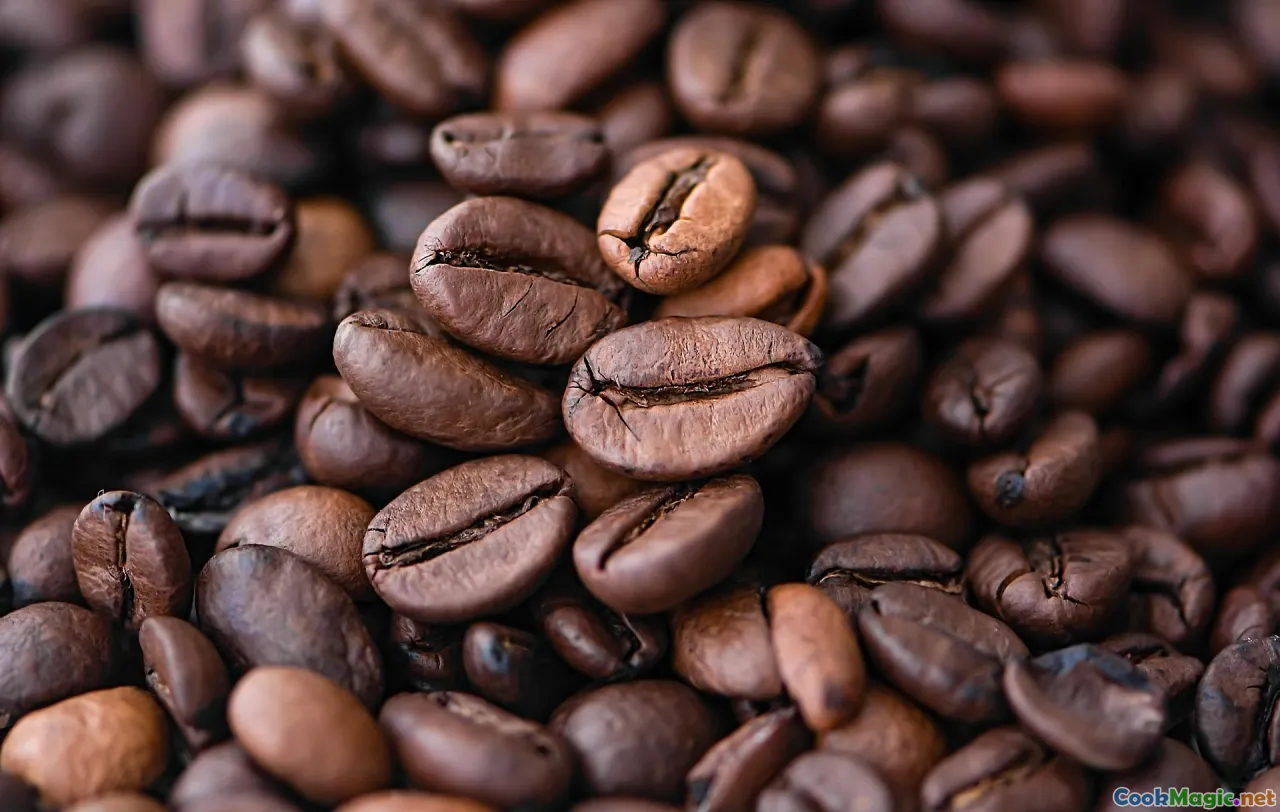
- Aroma: Clean sour milk, wet leaf, faintly nutty. If it smells like nail polish remover or raw bitterness, something’s off.
- Texture: Sliceable, springy, with a gentle give. When pressed, the crumb rebounds. A glassy or gluey interior means too much moisture; a mealy one means undercooking or insufficient ferment.
- Taste: Layered—first the soft tang, then a warm sweetness, then coconut fat blooming with a hint of smoke. Salt should glide beneath, not bark.
- Visual: The interior should be off-white to pale cream, speckled maybe with nut or green flecks from leaves. Surface may show impressions from the leaf veins—a kind of edible fingerprint.
A Last Slice
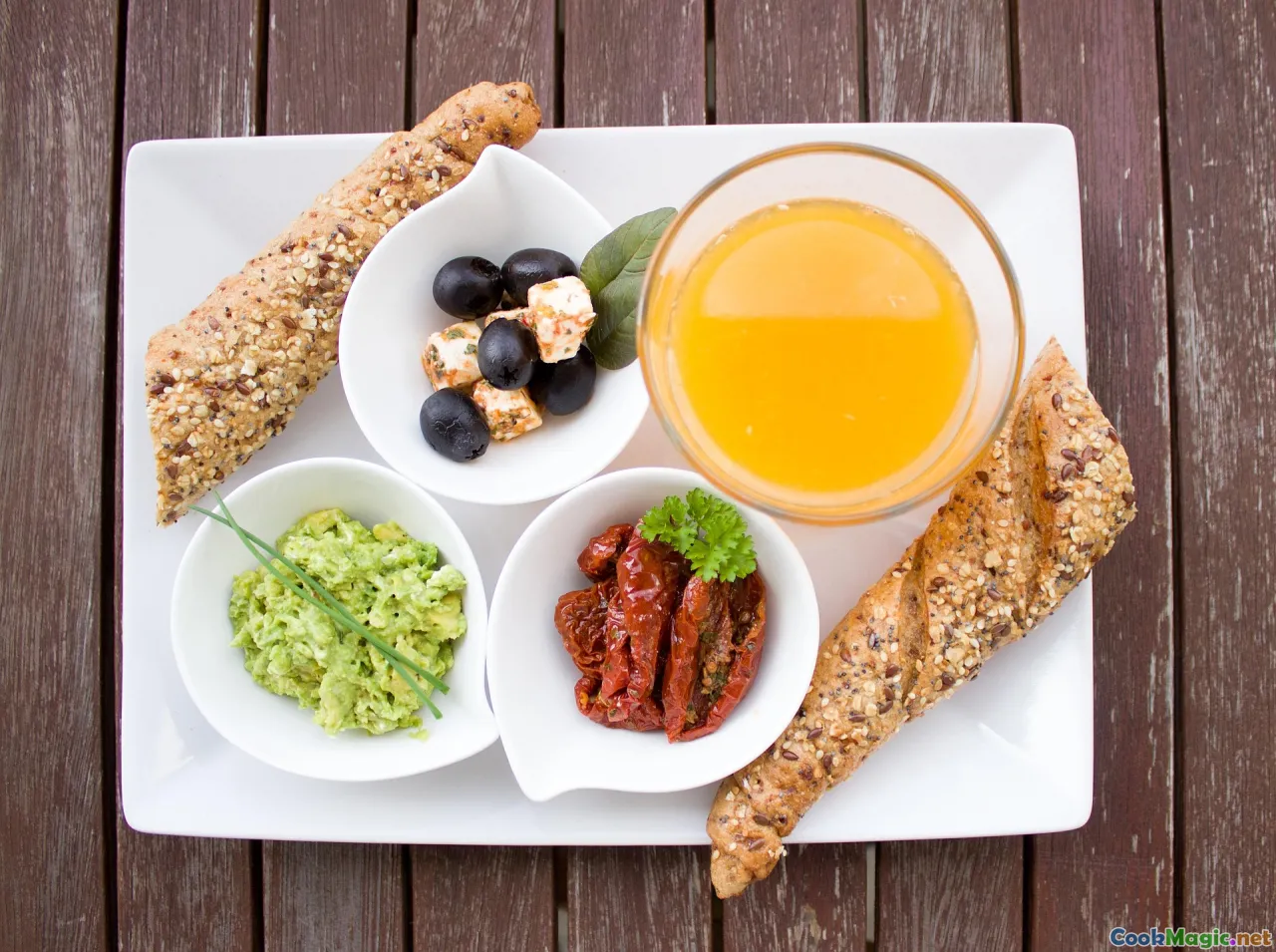
I think often of that first market loaf and the way it condensed a landscape into flavor. The Solomon Islands teach that building taste can be as simple as trusting water to flow and fire to hold steady, as generous as sharing coconut cream without counting spoonfuls, as precise as knowing when a sour has turned from whisper to shout. Fermented cassava loaves are not flashy—they don’t crackle or flake—but under the soft green wrapping is a kind of quiet genius. You hear it when the leaf sighs open, when the first slice releases a warm, tangy breath that smells like streams and woodsmoke and fruit trees.
Serve it to someone you love, or to friends you hope will become family. Let them see you unwrap it; let them smell the breath of the island that rises up. Pour the coconut cream. Pass the fern salad. In that moment, you’ll understand what the Solomons have long known: flavor is patience, and patience tastes like home.









